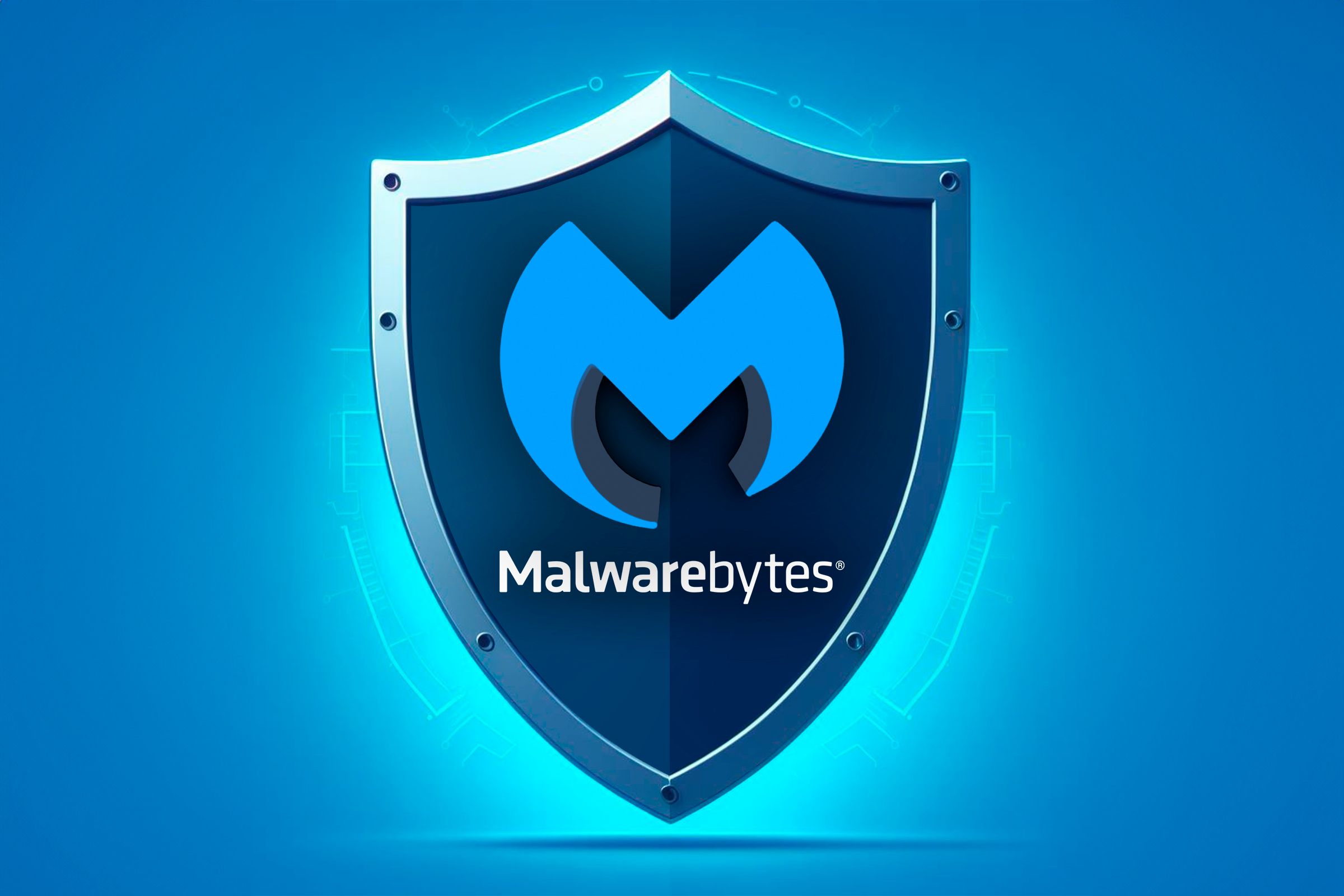Why I Installed Linux on an Old Laptop Instead of a Raspberry Pi
Laptops
Recently I wanted to start a new tech project building a lightweight, resource-efficient personal computer. The Raspberry Pi has a following as a low-spec Linux computer, but I would still have to buy one. I ended up saving that money by looking in the storage closet.
I Needed Only Basic Functionality
I wanted something like the Raspberry Pi, a basic Linux machine that I could casually play around with and see how it behaves on real hardware. I decided to put the claim that Linux runs well on older hardware to the test.
I would install the lightweight Xfce desktop and use it mainly for simple tasks like checking email, surfing the web, light coding experiments, and casual games.
These would be the same things I could do on a Raspberry Pi, though some people have done some interesting and fun projects, such as turning a Pi into a Bluetooth speaker. I don’t have much interest in home automation or other “physical computing” projects many other people use the Pi for.
I Had the Laptop
I eventually landed on installing Linux on an old laptop I had lying around instead of a Raspberry Pi simply because I already had it on hand.
The machine in question is an ASUS X551MA with a dual-core processor and 4GB of RAM. I’d had it for almost 10 years. It originally ran Windows 8.1, which had been upgraded to Windows 10. I’d already moved on to other machines, but with the end of support for Windows 10 looming, I was curious about how it would work with a lightweight Linux environment replacing the OS.
The Specs Were Nearly The Same
Looking at the specifications on the Raspberry Pi website, there wouldn’t be much of a difference between the Raspberry Pi and the hardware configuration of my old ASUS laptop.
A Raspberry Pi 5 with 4GB of RAM would cost $71.00 just for the board from Amazon. If I wanted a desktop kit with a case, a keyboard, and a mouse, I would have to shell out up to over $140, and still wouldn’t include a monitor. I had paid quite a bit more for the laptop back in the day. That’s Moore’s Law for you!
I decided I didn’t want to spend money on something that would be very similar to what I already had on my old machine.
I Could Install the OS I Wanted
The default OS for Raspberry Pi is the creatively named Raspberry Pi OS. It’s based on Debian and comes with an Xfce environment. Do you know what else is based on Debian and can be installed with an Xfce desktop? Debian.
Raspberry Pi OS seems attractive to someone who might not have a lot of Linux experience. It also looks like a nice desktop Linux option. It’s even available as a regular Linux distribution for PCs and Macs, not just Raspberry Pi computers.
Being an experience Linux user, I decided to just install the stock Debian because I had already used it in the past. Now that Debian includes firmware for a lot of hardware, including Wi-Fi devices, right in the default installation image, it’s a lot easier to install than it used to be. When I installed Debian, it could connect to the Wi-Fi right after booting the installation program off of a USB stick.
I Had What I Already Needed
I installed Debian on an old laptop running the moribund Windows 10 because even though the Raspberry Pi would be very cheap, I would have to procure a bunch of other peripherals as well, such as a monitor, mouse, and keyboard.
Installing Debian on a laptop takes care of a lot of these issues. The display is built in, as well as the keyboard and trackpad. This meant that I could be up and running immediately after installation.
Even though the performance can be a little slower, as expected on an older machine, and the battery doesn’t seem to want to charge, it works pretty well for a machine that wasn’t that great when it was new.
This effort shows that using Linux to revive older machines to get more use out of them is viable. I saved some money and kept a machine away from the recycler or possibly even a landfill if I ever managed to get rid of any of my old machines. It’s been a fun project pulling it out of storage, though, and that might be the most important reason.





















